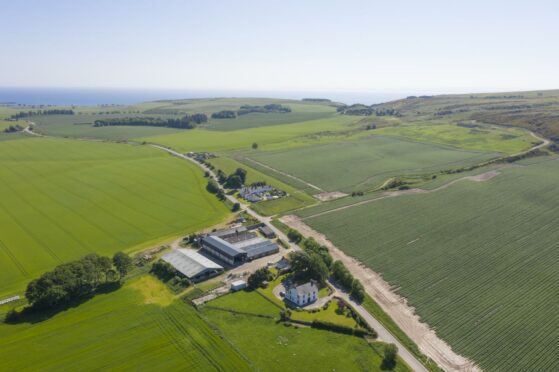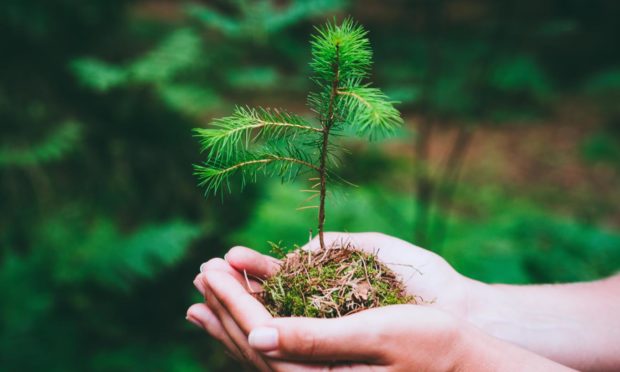Scottish farmland values are rising at a faster rate than anywhere else in the UK, according to analysis by Strutt & Parker.
The land agency says analysis of land sales data for the past 12 months shows unprecedented levels of interest in Scottish farmland in 2021.
Average arable land values have increased to £7,000 per acre, from £5,800 per acre in 2o2o, however arable land in East Lothian reached record levels for Scotland last year when some land sold for £19,500 per acre.
Strutt & Parker said strong values were also seen elsewhere on the east coast, and in the past two decades the value of prime arable land has increased by up to 550%.
It said demand from forestry buyers had boosted the value of land with tree planting potential, with the average value of hill land suitable for planting trees increasing from between £200 and £2,000 per acre to between £2,500 and in excess of £5,500 per acre.
The analysis also showed that more than 80% of the farms publicly marketed in 2021 found a buyer by the end of the year, and the amount of land which came to market was 27,300 – significantly higher than in 2020 but below the five-year average.
Strutt & Parker’s farm agent for Scotland said farmers were still the main investors in farmland in Scotland, however new entrants to the market such as those buying land for forestry or lifestyle reasons were on the rise.
“This has resulted in rising competition in a market where demand already outstrips supply,” added Ms Fleming.
Looking to the market on 2022, Ms Fleming said she expects the supply of farmland on the market to increase due to some farmers considering early retirement due to changes in policy and the strength of the land market.
“We forecast that the supply of farmland to the market will continue to grow, that demand will continue to outstrip supply and that buyers from abroad will return,” added Ms Fleming.
“In recent months we have spoken to several potential purchasers from abroad who are interested in buying farmland in Scotland; we expect them to become more active in the market as Covid-19 restrictions are eased further.”
She said the number of forestry and green investment buyers – also known as Environmental, Social and Governance (ESG) buyers – was likely to increase proportionately.
“And while they tend to be most interested in upland and marginal livestock farms, they are now looking at marginal arable holdings in more affordable areas where it makes economic sense and provides a return on their investment,” added Ms Fleming.

